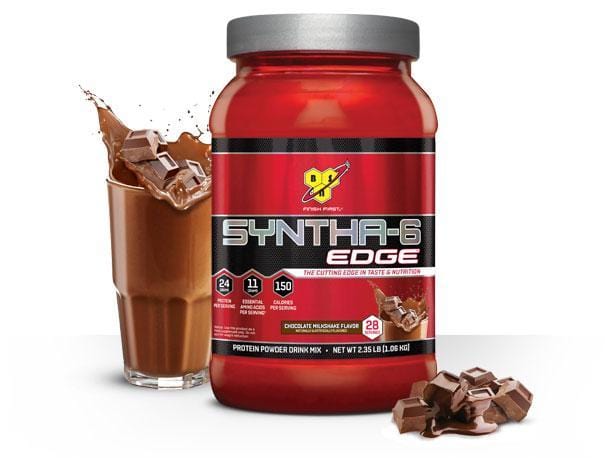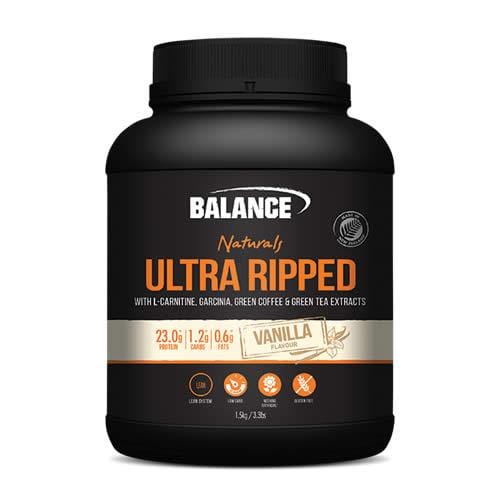It can be hard to choose a whey protein, especially when there are so many different brands and different types of whey protein to choose from. In part one of this series, we look at what makes each whey protein type different from the other. But first, why is whey protein so popular?
Whey protein is the biggest player in the supplement industry. The simple reason is that whey protein has an amino acid profile that most closely meets the needs of the average human when compared to other available types of protein. Whey Protein is relatively easy to flavour, making it pleasant to drink for the average individual. The high branched-chain amino acid (BCAA) content makes whey protein effective for maintaining and/or increasing muscle mass. Lastly, whey protein is a cost-effective way to ensure the protein needs of athletes and bodybuilders are met when comparing it to high protein foods such as chicken or salmon.
So that’s why whey protein is a staple in most athlete’s supplement regime, but what protein should you buy?
Types of Whey Protein
The three different types of whey protein are most commonly Whey Protein Concentrate (WPC), Whey Protein Isolate (WPI), Hydrolysed Whey Protein or a Whey Protein Blend which is a mixture of the different types.
Whey Protein Concentrate
Whey protein concentrate (WPC) is the most basic and best value type of whey protein. This is because it requires the least amount of processing from the raw material stage through to the finished product. WPC typically contains the most lactose and fat and therefore the lowest protein concentration. The typical whey protein concentrates on the market these days usually contain between 70-75g of protein for every 100g of protein powder.
Whey Protein Isolate
In contrast with concentrate, whey protein isolate contains the highest concentration of protein out of the different types of whey protein. As it is higher in protein, it is lower in lactose and fat. This makes WPI a great choice for athletes and body builders who may have digestive issues with WPC due to the lactose content, and/or are conscious of their daily fat intake. To achieve the higher level of protein, WPI undergoes additional extraction and purification steps. Naturally, because WPI has a higher protein content and goes through further processing, it costs more than whey protein concentrates or blends.
Whey Protein Hydrolysate
Hydrolysed whey protein is the most unique type of protein. Hydrolysed whey protein undergoes the same steps as a concentrate or isolate, but then one key additional step is added. The protein is subjected to a special enzyme, which partially breaks the protein down. The extent to which the protein is broken down is determined by what type(s) and/or combination of digestive enzymes are used. The most highly refined whey hydrolysates are broken down into very small fragments. Generally, the higher the degree of hydrolysis, the more expensive the hydrolysate protein will be.
Blended Whey Protein
Whey Protein Blends typically contain a mix of the three common types of whey protein mentioned above. The ratio of the different proteins will dictate the cost of the product. For example, products that contain a blend of concentrate, isolate and hydrolysate (in that order) will most likely be cheaper than a blend of isolate, concentrate, hydrolysate (in that order). As hydrolysate is the most expensive of the whey proteins, it usually has the lowest concentration in a blended whey protein.
Choosing a Whey Protein Powder
There are many different factors that influence an individual’s decision to choose one whey protein over another. For some, value is the most important factor, and they will choose a whey protein that is currently on special or has a low cost per serve. Others will want to know more about how the protein works, what ingredients are included and which one is likely to work better for them. In part two we will look more closely at how to choose which type of whey protein to buy.




